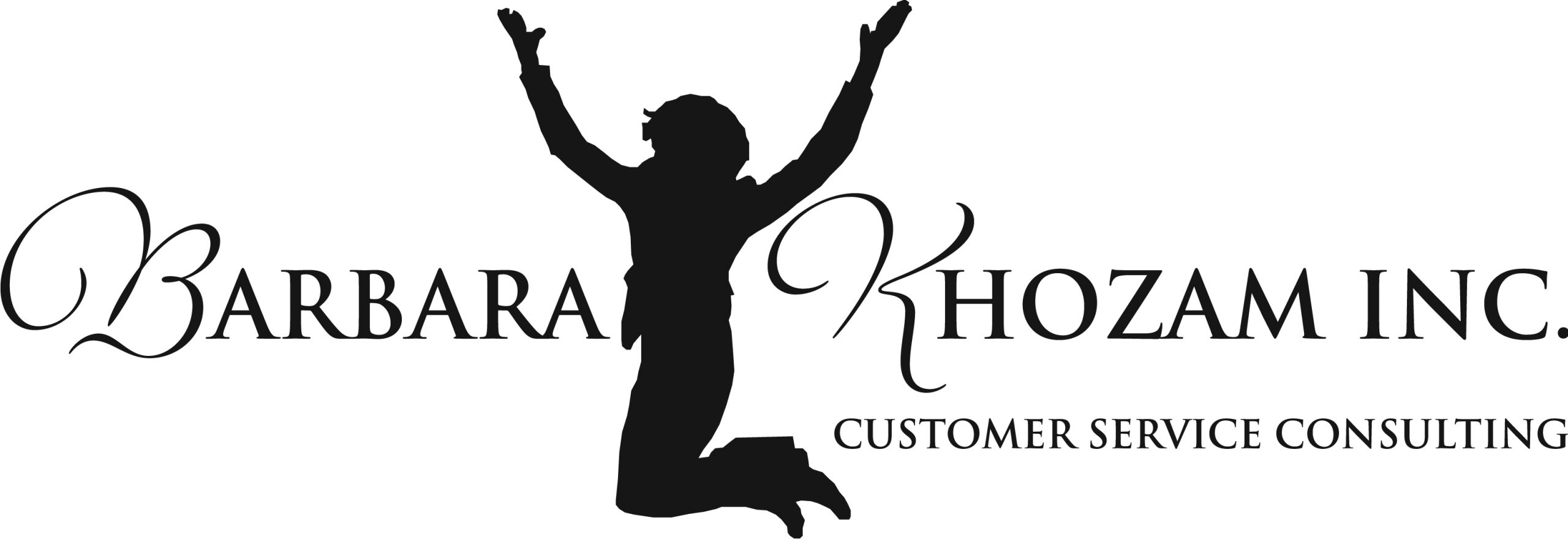Real World Story: Have you ever dealt with an agent in a customer service situation who made a statement that left you scratching your head? You may have asked for a small favor or service only to be told “not a problem” or “no trouble at all.” But why would asking a service agent to lend a helping hand be a problem or cause trouble? Isn’t that what people in customer service do? Similarly, telling a customer that you were glad to help “because it’s just part of 
Strategies that Turn it Around:
- Don’t use negative words. Negative words, even when used in positive statements, give a connotative meaning that something is wrong or amiss. For example, as noted above, the words “problem” and “trouble,” even when used in a positive statement, carry negative meanings. Such words can leave customers thinking that their problem may not have been totally resolved, even worse, that they were the cause of the problem to begin with.
- Be proactive not reactive. When we think about being reactive, we always think about how we respond to negative situations. But being reactive can also occur in positive situations. So when replying to customers, don’t simply say what first comes to mind, no matter how positive your intentions. Instead, be strategic about what you say. For example, instead of saying “not a problem,” trying statements like “It is/was my pleasure to help.”
- Make a list and practice. To begin, make a list of statements you make most often. Then look at ways to eliminate negative words with proactive words. Then practice your new statements until they become natural responses when speaking with customers. Practice. Practice. Practice.
Remember: Carefully looking at how you respond to customers can help you deliver better service. And by using exact words, you can frame a better service experience that customers won’t soon forget.
What do YOU say to customers to deliver an extraordinary experience? Please share your comments and stories.
